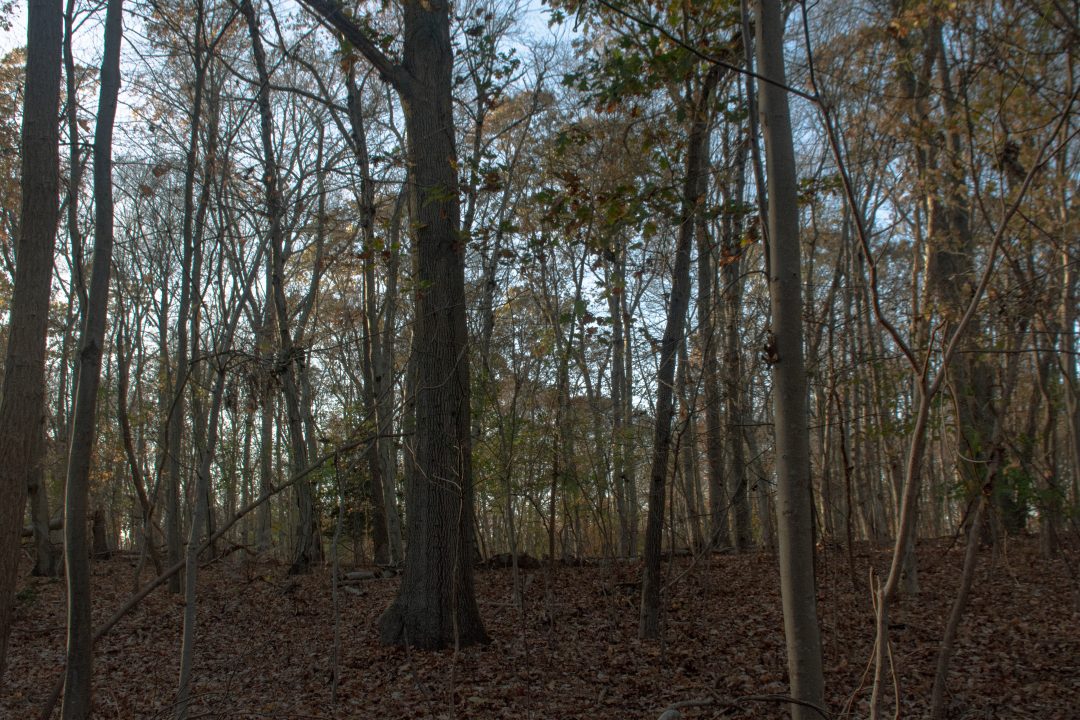
The U.S. Department of Energy (DOE) has named Brookhaven National Laboratory as the site of a new Electron Ion-Collider (EIC).
Over the next ten years, the federal government will spend between $1.6 and $2.6 billion to fund the construction of a “nuclear physicist’s dream machine” — a particle accelerator that will allow them to peer inside the protons and neutrons that make up all matter for the first time.
Stony Brook physics professor Abhay Deshpande, who was involved in the initial proposal of the EIC in 1998 and spent the past two decades promoting its construction, is immensely excited about the project coming to fruition.
Deshpande explained that the new EIC will be very different from the existing Relativistic Heavy-Ion Collider (RHIC). The RHIC accelerates heavy ions — or particles with high atomic mass with their electrons removed — to violently collide at nearly the speed of light. The new EIC will collide electrons with protons and neutrons non-violently, sliding the electron inside the other particles to provide distinct readings machines can read.
This “CT scan of the atom” will allow scientists to glean new information on gluons and quarks — the particles that make up protons and neutrons.
Deshpande said that since the particles do not collide violently, the EIC will also possess unprecedented precision in its results. Scientists will not have to sift through data to distinguish which quarks and gluons came from the “probe” and the target particles as they would with the RHIC.
“The new collider will allow us to look inside the proton and investigate the origin of proton’s spin without breaking the proton,” he wrote in an email. “No other facility in the world, currently available or planned in the future, will be able to do this.”
The “spin” he is referring to is the angular momentum — or the direction a particle turns on its axis and its magnetic fields, though it’s important to note that particles don’t literally spin. The spin of the particles inside of a proton determines the proton’s overall spin, which determines the positions of the parts of an atom.
This can have powerful effects on a material’s chemical and physical properties. For instance, MRI scans work by using powerful magnets to force protons to align with a particular field, producing readings that can be turned into an image on a computer.
Up to this point, the RHIC has determined that quarks and antiquarks account for only 30% of a proton’s spin. The EIC will allow scientists to determine the source of the “missing 70%.”
In addition to deepening humanity’s understanding of nature and matter, the research conducted when the EIC is completed will lead to new advancements in treating cancer, creating more powerful computer chips and developing solar cells and batteries to meet growing energy demands.
The infrastructure used to power the EIC will also be used to power particle beams used by researchers to study isotopes used in medicine as well as examine the types of radiation that astronauts would be bombarded with in space.
The EIC will be designed and overseen by 1,000 scientists from 30 nations, including scientists from Stony Brook’s own faculty.
According to a press release by the Brookhaven National Laboratory, New York State officials — who will provide $165 million in grants to the Laboratory to support the collider’s construction — are optimistic about the EIC’s potential for both scientific advancement and economic growth.
“Investing in Brookhaven Lab will ensure that, as we enter the new decade, the Empire State remains at the forefront of scientific discovery, while creating thousands of jobs and generating billions of dollars in new economic activity,” New York Governor Andrew Cuomo said in the press release.
Correction, 12:10 p.m. 3/2/20: A previous version of this article mistakenly stated that Brookhaven National Lab declined to provide comment. Stony Brook physics professor Abhay Deshpande has a joint appointment at Brookhaven National Lab.
Clarification, 9:37 p.m. 3/8/20: The caption in a previous version of this article said that the U.S. Department of Energy was giving Brookhaven National Lab billions of dollars for a new Electron Ion-Collider (EIC). The current caption was updated to reflect the fact that the funding, which is subject to annual congressional approval, will be distributed over the next 10 years.
















